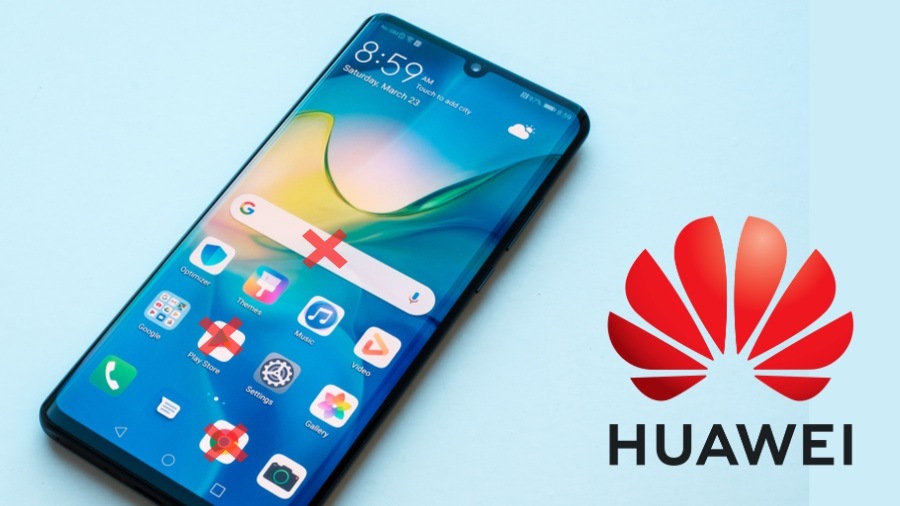Huawei’s US ban is official and will come into effect after its 90-day temporary license ends in August. People have already started talking about Huawei’s Android alternative OS.
So, there are a lot of questions about the future of Huawei’s mobile OS that need an answer.
Why is Huawei doing this?
You might already know this but because of the executive order, Google has canceled Huawei’s Android license. Now, they’re only limited to accessing the AOSP barebones version of Android which doesn’t include any Google stuff like Play Store, YouTube, Gmail, and so on.
This is a very big move because it affects all the Huawei and Honor devices sold internationally. Although, its Chinese market won’t see any significant difference as Google is already banned there.
Also, Huawei and Honor branded smartphones won’t be getting any future Android updates. So, in order to keep their devices alive, they’re bringing their new OS.
It’s not just Huawei, the latest move would also hurt the search giant. It would lose on the Android licensing fee it collects per device. Also, lots of potential customers who would use Google apps and services on Huawei devices.
What is the new Huawei OS?
As per some reports, Huawei has been working on its alternative OS for as long as 2012. Richard Yu, who’s the CEO of Huawei Consumer Business Group, has spilled some beans on the upcoming OS.
He told the Chinese publication Caijing (via XDA) that their new mobile operating system packs a “future-oriented microkernel.” It will arrive sometime in either Fall 2019 or in spring next year.
Not just smartphones, the new OS would power different Huawei devices including tablets, TVs, cars, smart wearables, and maybe, computers as well.
Potentially, Huawei can simply use the AOSP to create its own implementation of Android. Just like it has in China. But again, the big question arises. How will the company manage without the Google Play Service, or software updates, or Play Store on a global scale?
It could be far from reality
Now, a report from The Independent paints an entirely different picture of Huawei’s OS. It says that the new OS is internally named ‘Project Z’ and is currently “far from reality.”
As per the report, Huawei would rely on third-party app developers to create an app ecosystem for their OS. If that’s the case then the support for Android apps would be a mere assumption.
What about the apps?
However, Yu said Huawei’s new OS will offer support for web apps and Android apps so that users that don’t face many problems when switching to the new platform. Also, the Android apps can be recompiled to get up to 60% better performance on their new OS.
Now, the real problem here is not just about adding support for Android apps. The issue is that many of the popular services including Netflix, Amazon, Snapchat, Tinder, Facebook, Uber, Discord, etc. are based in the US.
The secret app store
Huawei already has a popular app store in China. Back in early 2018, Huawei also brought an app called App Gallery outside China where it hosts apps for its smartphones.
According to Bloomberg, the company pitched the idea that developers should bring their Android apps to the App Gallery. In return, the company will help them with marketing and gaining exposure in China – the world’s largest smartphone market.
With the new app store, Huawei has plans to expand its legs in Europe. The company has had talks with different carriers who can preload App Gallery on their devices.
Thus, pitching it as a competitor to the Play Store. It does seem like an ambitious dream, but in reality, challenging the Play Store is way easier said than done.
A recent report also suggests that Huawei is in talks with Aptoide, a third-party marketplace, to provide an alternative to the Google Play Store for users until App Gallery is ready for launch.
It could be possible that Huawei manages to create an international app store. Still, publishing all these popular apps won’t happen without legal issues because of the executive order.
So, all in all, Huawei’s issues appear to be a lot more complex than we can imagine. All we can do is wait and see what happens. Whether Huawei is able to retain its market or the US government lifts the ban.
We have contacted Huawei for further information and we’ll update the story with any response.










